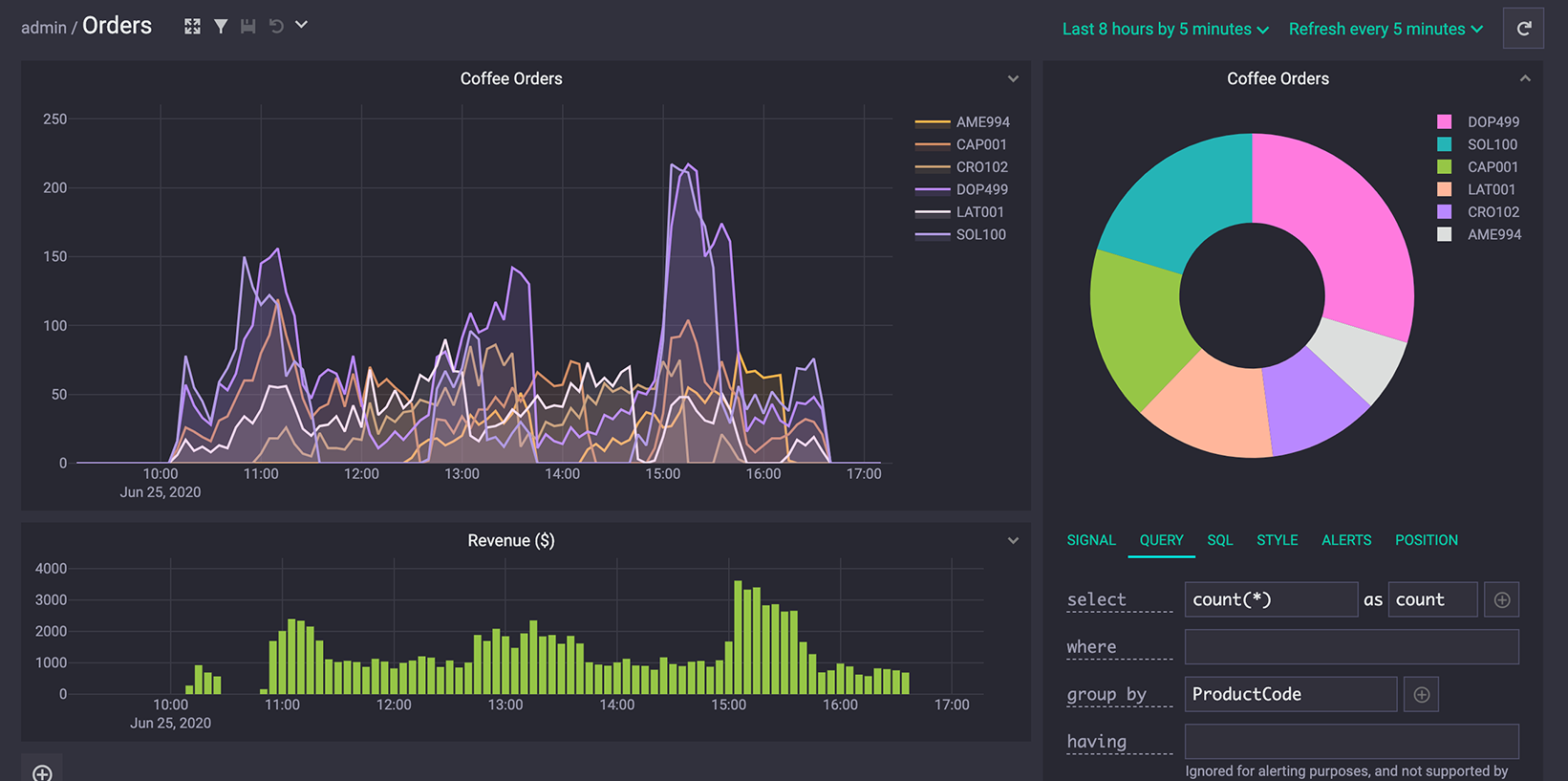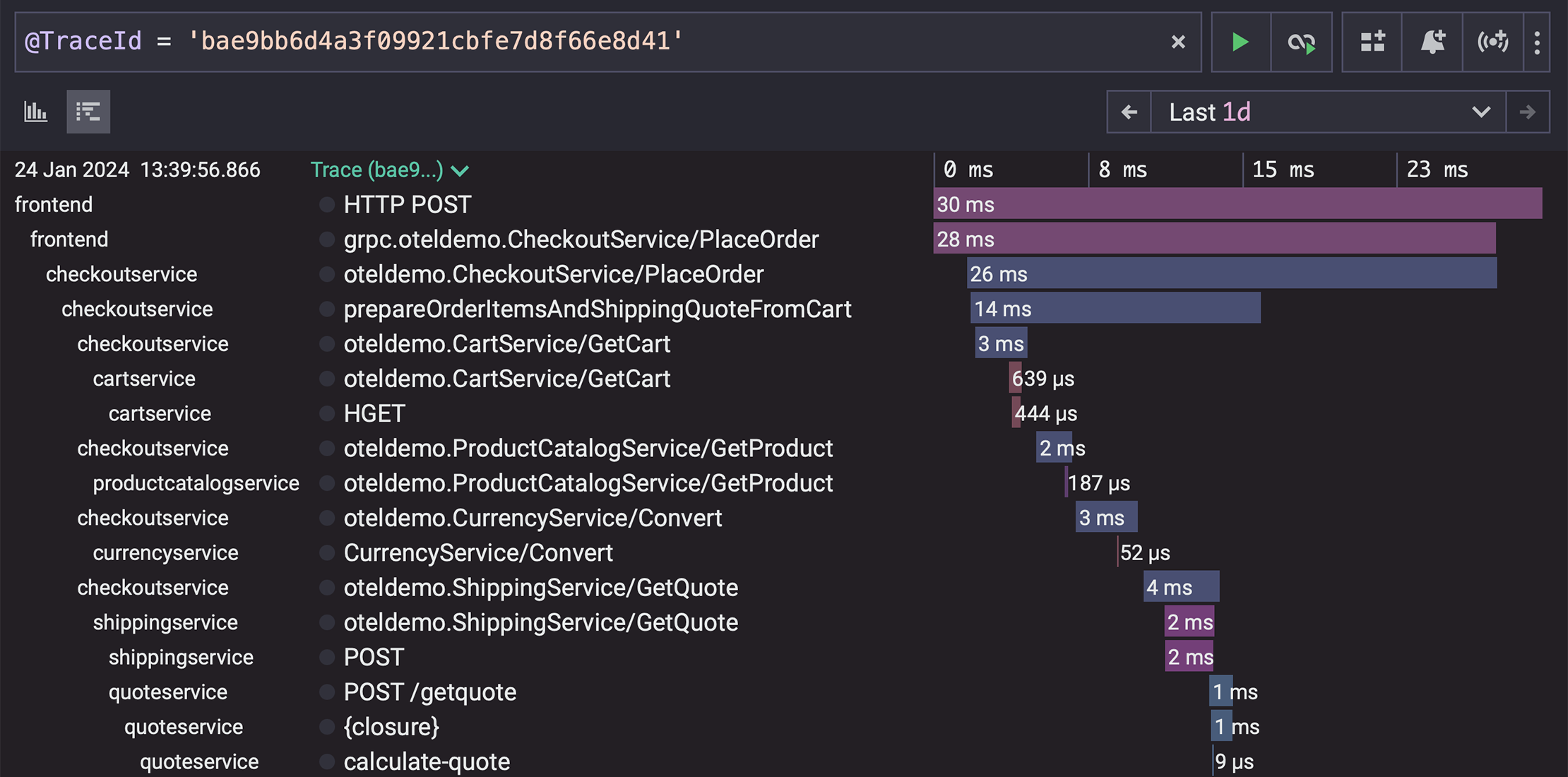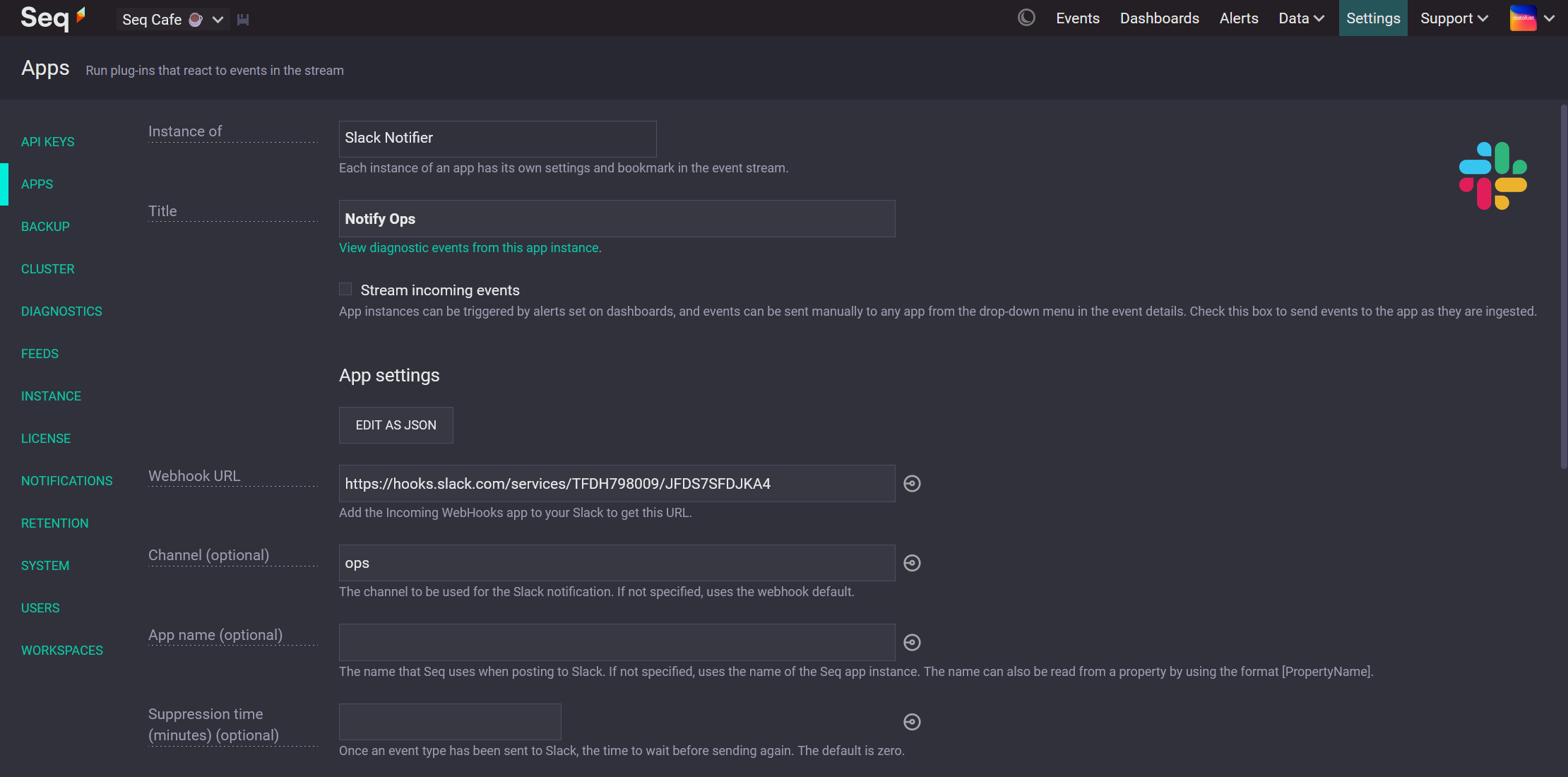







Structured logs are the observability pillar that uniquely models your apps and services. They capture the detailed, domain-specific events you need to debug tough problems, and they're perfect for monitoring and analyzing system behavior in real time.

Seq has already solved several visibility problems
— Arri Rucker
Seq is built from the ground up for modern structured logging. Events are captured as fully-structured JSON data, and Seq's query language makes it natural to search and manipulate them without awkward parsing or format handling.
Seq accepts logs via HTTP, OpenTelemetry/OTLP,
custom inputs, and
the seqcli command-line client, with plug-ins or integrations
available for .NET, Java, Node.js, Python, Ruby, Go, Docker, message queues, and many other technologies.
Seq is a centralized log file with superpowers.

Intuitive expression-based filtering, combined with free-text and regular expression searches, mean you can drill down into events quickly, using techniques you already know.
Go deeper with SQL-style log analysis and time-slicing to find trends and create beautiful charts and dashboards.

Watch error rates, track latencies, or visualize business performance using structured data from your application log events.
Get instant visibility into what complex operations are really doing.

Find the answer to questions such as "Why is this endpoint slow?" and "What other services does this one call?".
Be in-the-know about problems before your users or customers are affected.

Set alerts based on custom conditions, and send notifications to a variety of channels including Slack, Teams, and SMTP mail.
Write custom integrations using a simple C# library, or as command-line apps in any programming language.
Learn how our customers are using Seq — to uncover bugs, avoid outages, and improve visibility into complex apps and services.
See more case studies.